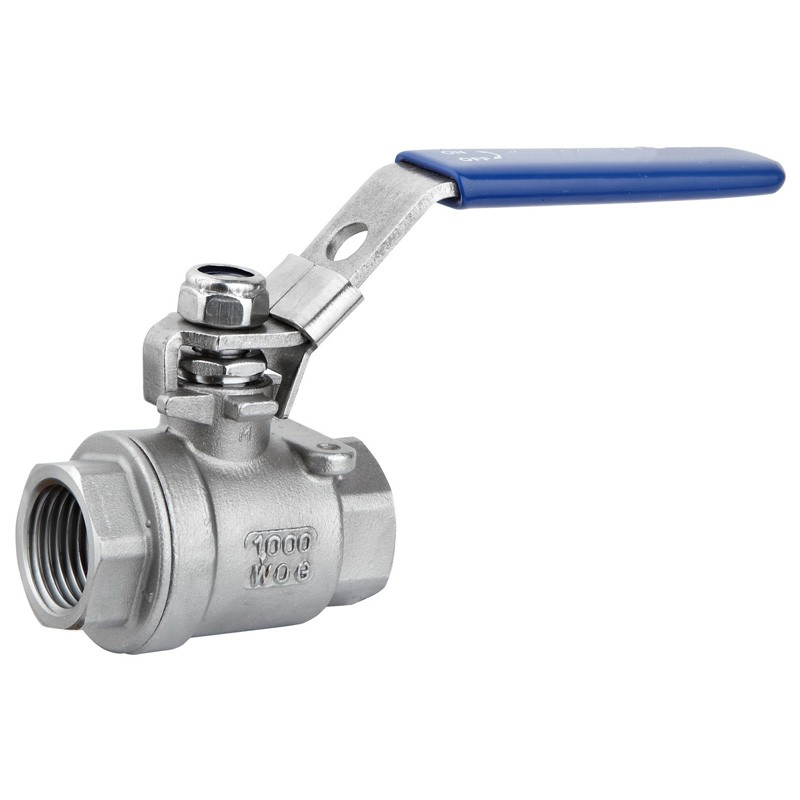Electric Actuator with Ball Screw Mechanism for Efficient Motion Control Systems
The Role of Electric Actuators with Ball Screws in Modern Automation
In today's fast-paced industrial environment, the demand for high precision and efficiency in automation systems has never been greater. Electric actuators, particularly those using ball screws, are becoming increasingly popular due to their ability to provide reliable and accurate motion control. This article explores the functionality, advantages, and applications of electric actuators with ball screws in modern automation.
Understanding Electric Actuators
Electric actuators are devices that convert electrical energy into mechanical motion. This transformation is essential for automating processes in various industries, including manufacturing, robotics, and aerospace. Electric actuators rely on electric motors to produce motion, and their output can be linear or rotary. Among the different types of electric actuators, linear actuators are particularly favored for applications requiring straight-line movement.
What Are Ball Screws?
Ball screws are mechanical devices that translate rotary motion into linear motion with minimal friction. They consist of a threaded shaft and a nut containing balls that roll between the threads, significantly reducing friction compared to traditional lead screws. This design enables higher efficiency, precision, and smoother motion. Ball screws are widely utilized in various applications due to their ability to handle substantial loads while maintaining tight tolerances.
The Integration of Ball Screws with Electric Actuators
When electric actuators are coupled with ball screws, they form a robust system ideal for precision positioning and control applications. The integration of electric motors and ball screws allows for the accurate translation of electrical signals into precise linear movement. This combination is particularly advantageous in settings where high speed, accuracy, and repeatability are essential.
Advantages of Electric Actuators with Ball Screws
electric actuator ball screw

1. High Precision and Accuracy One of the main advantages of electric actuators with ball screws is their capability for precise positioning. The minimal friction from the ball screw mechanism translates into high accuracy, making them suitable for applications such as CNC machinery, 3D printing, and robotic arms.
2. Energy Efficiency Electric actuators are generally more energy-efficient than their pneumatic or hydraulic counterparts. The use of ball screws further enhances this efficiency through reduced friction, leading to lower energy consumption over extended periods.
3. Low Maintenance The reduced wear and tear associated with ball screws mean that systems utilizing this technology require less maintenance than traditional actuators. This translates to lower operational costs and minimized downtime—a critical factor in industrial settings.
4. Compact Design Electric actuators with ball screws can be designed to be compact, making them suitable for applications where space is a constraint. This feature allows for greater flexibility in system design and integration into existing machinery.
5. Versatile Applications Due to their unique characteristics, electric actuators with ball screws are widely applicable in various industries. They are used in robotics for precise movements, in packaging machines to control the speed and position of items, and in medical devices for accurate delivery of medication or operation tools.
Applications in Industry
The versatility of electric actuators combined with ball screws has led to their adoption across numerous industries. In automotive manufacturing, for instance, they are used for automated assembly processes that require consistent positioning and speed. In the aerospace sector, these actuators enable the precise movement of components in assembly lines. Additionally, the medical field employs these systems for surgical robots and equipment that require exact movements.
Conclusion
The integration of electric actuators with ball screws represents a significant advancement in automation technology. The combination provides high precision, energy efficiency, low maintenance requirements, and compactness, making them suitable for a wide array of applications. As industries continue to evolve and embrace automation, electric actuators with ball screws will undoubtedly play a crucial role in enhancing productivity and operational efficiency. The future of automation is indeed exciting, driven by technologies that prioritize precision and innovation, reshaping how industries operate globally.
-
Breakthrough in Domestic Low Temperature Valve Technology in ChinaNewsAug.18,2025
-
From Machinery to Intelligent Brain: The Digital Transformation Wave of the Valve IndustryNewsAug.18,2025
-
PCVEXPO 2025NewsAug.18,2025
-
The Key to Fluid Control: Exploring the Advantages of Ball Valves in Industrial SystemsNewsJul.09,2025
-
The Versatile World of 1, 2, and 3 Piece Ball ValvesNewsJul.09,2025
-
Stainless Steel Ball Valves: The Ideal Choice for Efficient Flow ControlNewsJul.09,2025
-
Optimizing Fluid Control with Ball Float ValvesNewsJul.09,2025




